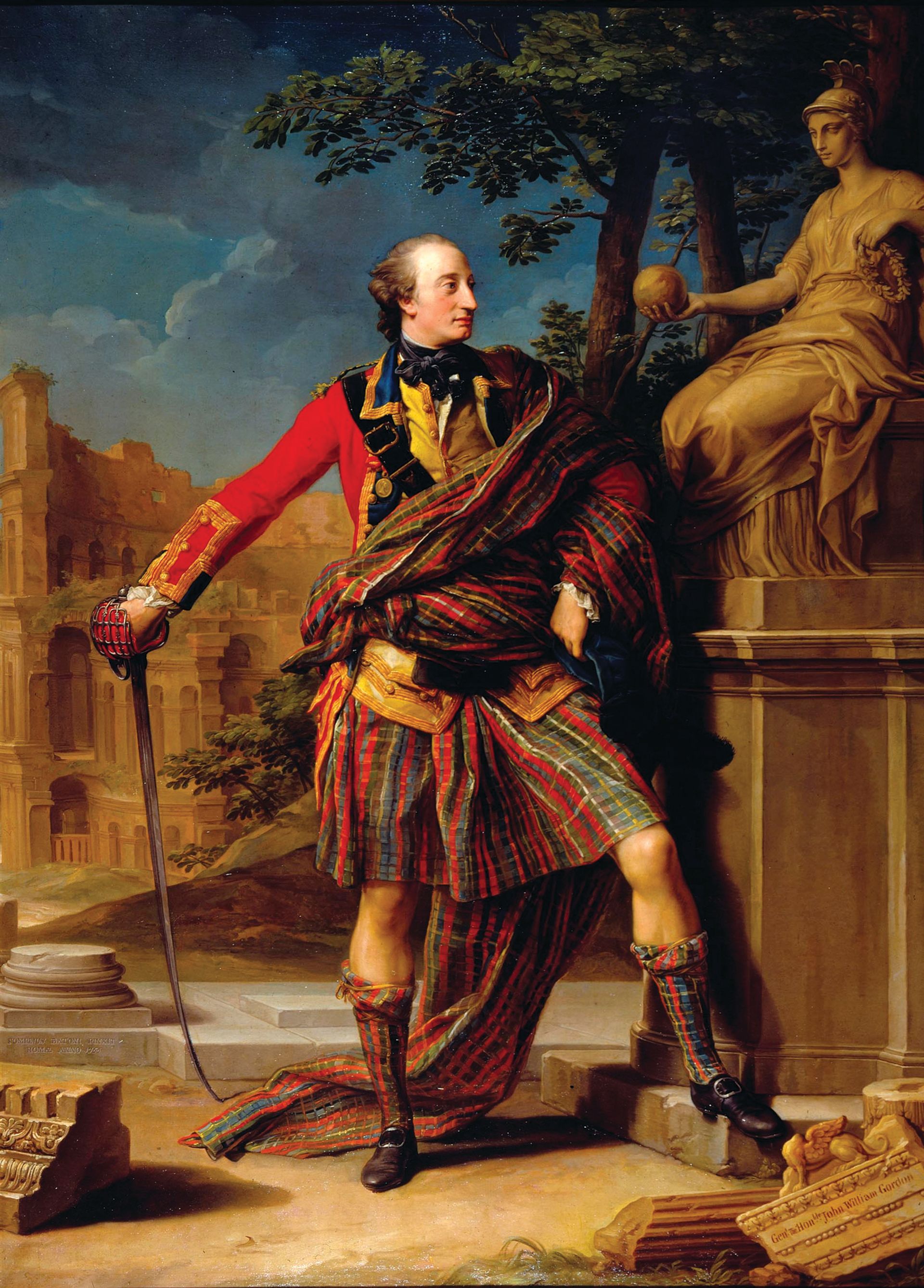The exhibition of Batoni’s work at the National Gallery in 2008 was famously under visited. Here was an artist known and loved by the cognoscenti but the publicity for the exhibition included no recognisable name on the hoardings and, fearful of the unknown, the crowds kept away. With nothing but a fleeting knowledge of the narrative, contemporary taste rejects illustrations from ancient literature, finds the lives of saints tedious and portraits of privileged young bucks throwing their money about add up to an opportunity for little celebration. Those who could see beyond these blinkered opinions realised that Batoni was the natural inheritor of Raphael’s draughtsmanship, that he used a palette learnt from the Carracci, and, with a variety of pose and understanding of storytelling, could be placed firmly at the zenith of Roman settecento achievement.

Anthony Clark was the first post-war art historian to realise this but his comprehensive examination of artists of 17th-century Rome was never finished as he died tragically young at the age of 53 in 1976. From the sale of his collection, a fund was set up to publish his research by his friend and colleague, Edgar Peters Bowron. He based his catalogue on Clark’s notes and Phaidon published a monograph nine years later. The book included a biography, an analysis of Batoni’s artistic development, a catalogue of 464 paintings and a list of 324 drawings. Thirty years later, more works have been discovered and more information about the artist has been unearthed, and it is included in a new, lavish publication, Pompeo Batoni: a Complete Catalogue of His Paintings. Yale University Press, with its customary style, has used two volumes and a larger format, nearly doubled the number of pages, expanded the catalogue entries, included 20 or so newly discovered paintings and used colour illustrations throughout.
It is rare for an author of a catalogue raisonné to have two bites of the cherry and record new thoughts and reassessments of paintings that have been the kernel of his interest over the previous 30 years. After acting as Clark’s amanuensis, using his notes written between a first visit to Rome in 1950 and his death in 1976, Bowron has claimed the artist as his own. The methodology of the two books is very similar but there are minor differences between the two.
Perhaps most disappointingly, the new catalogue does not include any “front matter” as the 1985 book did. Without it, the monograph appears rather skeletal, a dinner party that lacks any aperitif and a catalogue that has no overview. Following the full-blooded entrée of the catalogue entries, there are extensive lists of untraced paintings and a second group of “unverified” canvases. The catalogue is completed with a checklist of drawings—sadly, none are illustrated—which includes fewer sheets than those listed in the 1985 edition and adds a second list of “Drawings, unverified”. The unverified lists perhaps indicate how much more work there is to do; an artist working so assiduously for the foreign market is bound to have paintings hidden in inaccessible and unexpected places. Not quite everything is illustrated and, no matter how bad the reproduction, for the sake of completeness this is disappointing as it leaves the reader wondering.
There are extraordinary features about the artist’s work. His work was as accomplished at the age of 25 as it is 30 years later. Assured, beautifully composed and perfectly modelled, works showing any juvenile uncertainty are absent. He seems to have found his feet and his work never wavered. It showed some development as one would expect, and the chronological arrangement of the catalogue takes the reader through the animated poses of the 1750s and the restraint, in colour and style, of the 1780s. Perhaps, at least for the British art historian, this is most easily detected in his portraits. Batoni was clearly eager to exploit the tide of tourists travelling south for edification, instruction, health and adventure that shifted their focus from Venice towards ancient Rome during the second half of the 18th century. Rather than just portray his fellow countrymen, he became the mirror of the Grand Tour. Batoni’s rivals, the German artists Anton von Maron and Anton Raphael Mengs, painted sitters from other European countries but not in the quantities that he did. Portraits make up almost two-thirds of his output, and more than two-thirds of those show British and Irish sitters. He was known to charge very much less than portraitists in London, and the exoticism of showing milordi striding among the ruins of Rome, proudly adopting the attributes of their classical forebears, helped to justify to their fathers the expense of their trip to Italy. Sometimes they wear costume for special social functions —Thomas William Coke sports a masquerade costume in grey and pink, and Colonel Gordon wished to show his Jacobite credentials in a Huntly tartan amusingly described as “London Transport”when the painting was exhibited at the 1982 Kenwood exhibition of the artist’s British sitters. Batoni did paint sitters from the US, Denmark and the Netherlands, as well as Russia, Germany, Poland and Austria, but they were in a minority.
Perfect though they are, Batoni’s work lacks the warmth of the Italian sun. The relationship between sitter and artist is always professional, and it is really only in the famous unfinished Uffizi self-portrait that you are reminded of the wit and compatibility of the artist.
• Hugh Belsey is a senior research fellow of the Paul Mellon Centre for Studies in British Art, London, and is currently writing a catalogue raisonné of the portraits of Thomas Gainsborough, due to be published in 2016
Pompeo Batoni: a Complete Catalogue of His Paintings
Edgar Peters Bowron
Yale University Press in association with the Paul Mellon Centre for Studies in British Art and the Museum of Fine Arts, Houston, 730pp, £195 (hb, two volumes)

